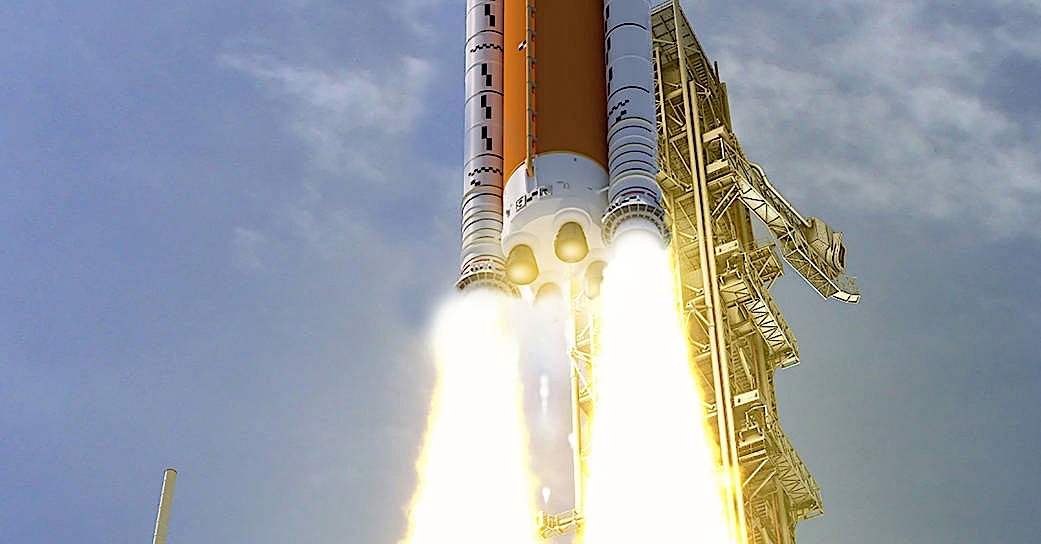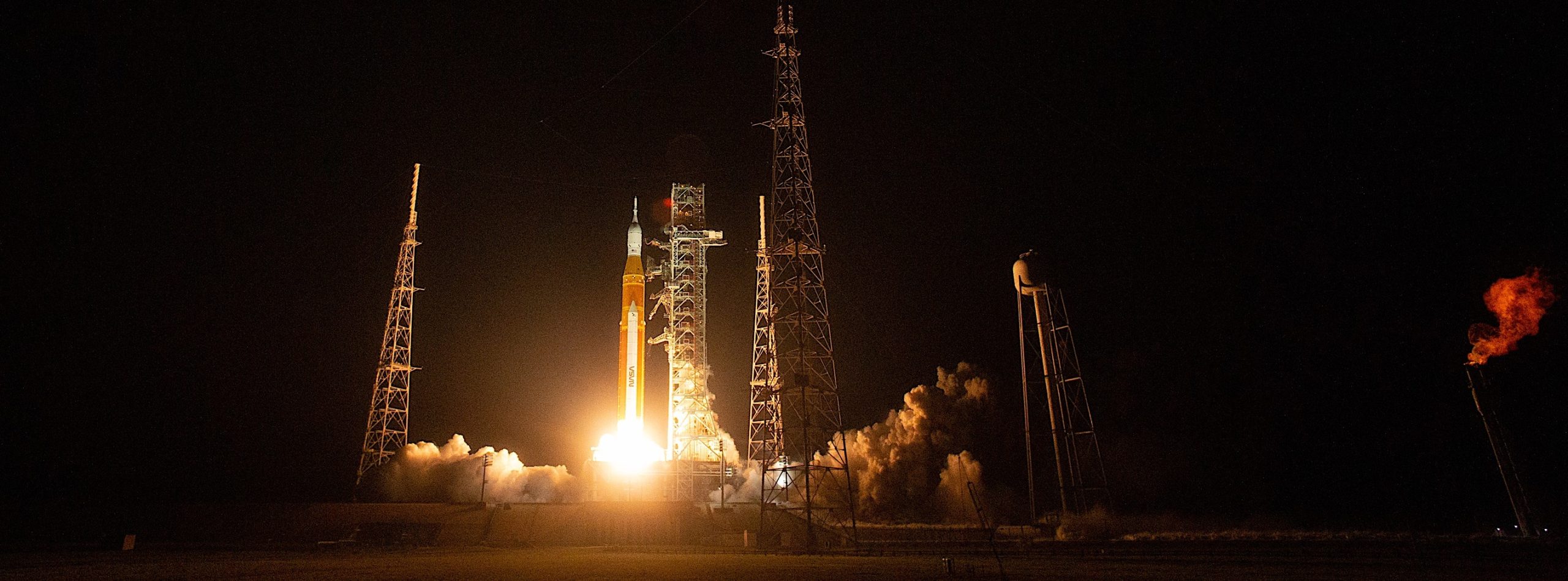Unlike the fiery spectacles depicted in Hollywood films, witnessing a launch from NASA’s Kennedy Space Center’s Pad 39B might leave you surprised by the relative calmness of the event. Sure, it’s far from a silent experience, but the ear-splitting roar you might anticipate from a behemoth like the Space Launch System (SLS) is surprisingly muted.
At peak performance, the SLS ignites with a staggering 8.8 million pounds of thrust, thanks to the combined might of its four RS-25 core stage engines and twin solid rocket boosters. This phenomenal force propels the Orion capsule skyward in a breathtaking eight-minute ascent filled with fire and fury.
However, the reason spectators don’t experience the full force of this awe-inspiring display lies in a critical, behind-the-scenes hero: the sound suppression system. This ingenious technology plays a vital role in protecting the launch pad’s infrastructure, ensuring the success of the mission, and paving the way for future space exploration.

In a display more reminiscent of a controlled downpour than a rocket launch, NASA recently conducted a critical evaluation of its launch pad’s water deluge system. Over 400,000 gallons (1.5 million liters) of water thundered down from strategically placed tanks, mimicking the torrent that would engulf the mobile launcher and flame deflector during the historic Artemis II mission.
This wasn’t just an elaborate soaking; the test served a dual purpose. Primarily, it aimed to validate the effectiveness of the redesigned suppression system in handling the immense thrust and heat generated at liftoff. However, the modifications also addressed a seemingly unrelated concern of protecting vital cameras from the deluge.
This seemingly contradictory modification stemmed from NASA’s desire to capture not just the raw power of the launch, but also a pristine visual record of this momentous occasion. Artemis II, the first crewed mission of the program, marks a new chapter in human space exploration, and NASA is committed to capturing every awe-inspiring moment for posterity.

